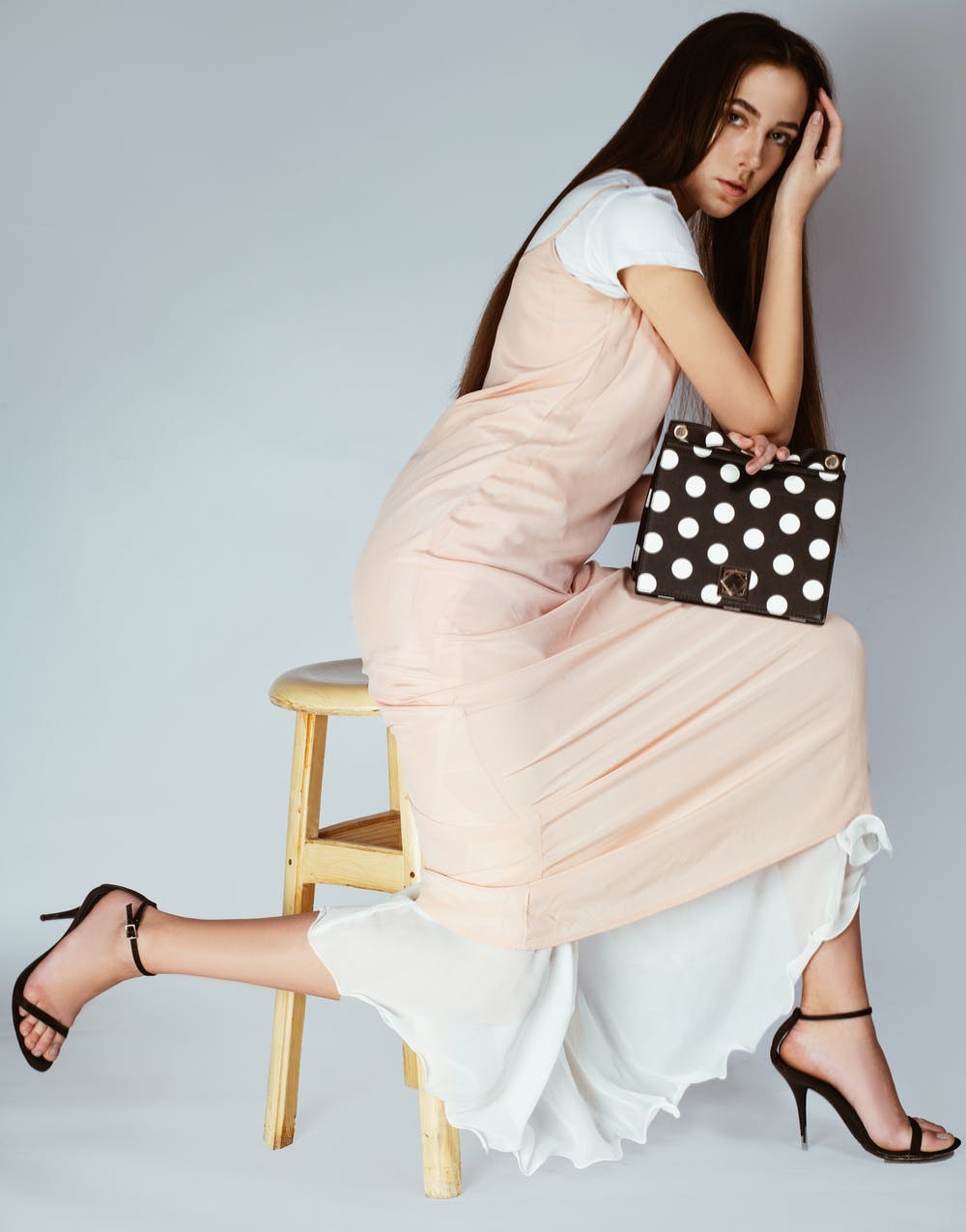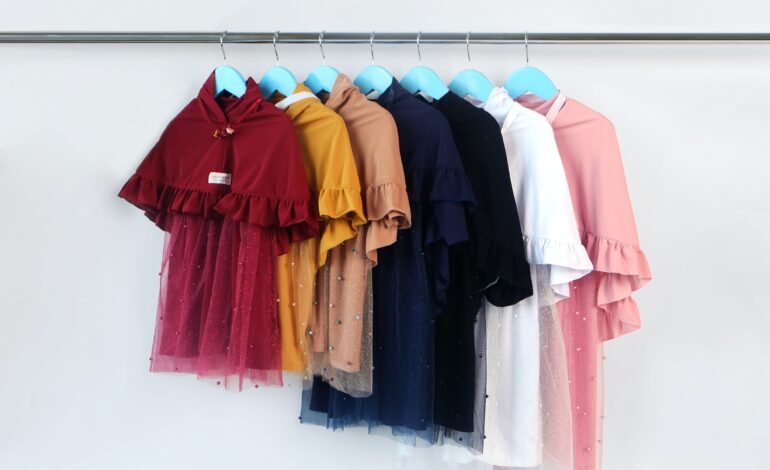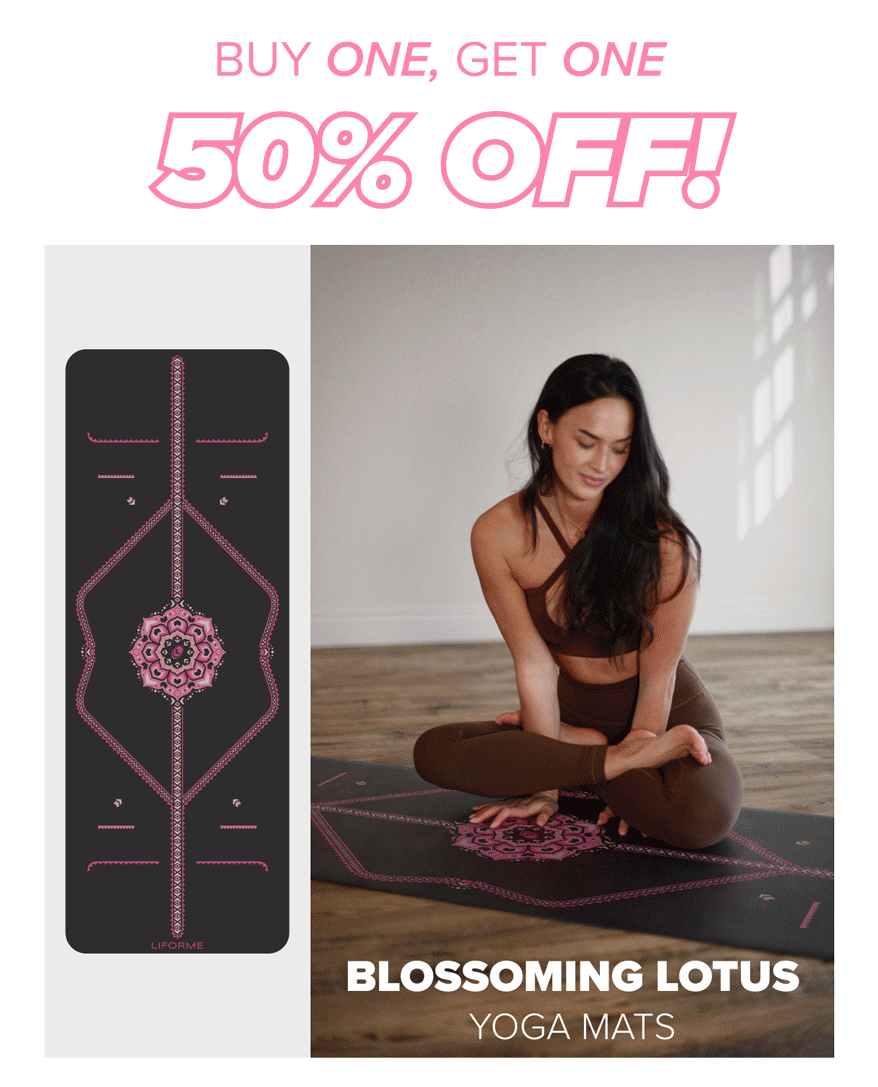Layering is a fashion technique that allows us to create stylish and versatile outfits by combining multiple pieces of clothing. It is not only a practical way to stay warm during colder months but also an art form that adds depth and dimension to our ensembles. Mastering the art of layering requires an understanding of different fabrics, textures, and proportions. In this essay, we will explore some tips and tricks to help you elevate your layering game and create effortlessly chic looks.

The first tip is to start with a solid foundation. Choose a lightweight and well-fitting base layer, such as a camisole or a basic long-sleeve shirt, in a neutral color. This will serve as the canvas for your layered pieces. Opt for fabrics that are comfortable against the skin, such as cotton or silk, as they will provide a smooth and breathable foundation.
Next, consider the weather and select appropriate layers accordingly. In colder months, focus on adding warmth with thicker fabrics, such as sweaters, cardigans, or jackets. In milder weather, lightweight layers like blouses, vests, or scarves can add interest without overheating. The key is to strike a balance between comfort and style.
Mixing textures is another crucial aspect of successful layering. Experiment with different fabrics, such as knits, denim, leather, or satin, to add visual interest and depth to your outfit. For example, pairing a chunky cable-knit sweater with a suede skirt creates a contrast that is visually appealing. Additionally, mixing textures can create a tactile experience, making your outfit more engaging and interesting.
Proportion is essential when layering. To avoid looking bulky or shapeless, aim for a balanced silhouette. Play with different lengths and proportions to create visual harmony. For instance, layer a long cardigan over a shorter dress or blouse, or wear a cropped jacket over a longer top. Experiment with proportions until you find the right balance for your body type.
Color coordination is another crucial element to consider. When layering, stick to a limited color palette to ensure a cohesive and harmonious look. Neutral tones, such as black, white, beige, or gray, can be easily combined, while complementary colors or shades from the same color family can also create a visually pleasing effect. However, don't be afraid to add a pop of color with accessories, such as a vibrant scarf or statement shoes, to break up the monotony and add interest to your outfit.
When it comes to layering, don't forget about accessories. Scarves, hats, belts, and statement jewelry can elevate your layered look and add that final touch of style. A chunky knit scarf can add both warmth and texture, while a belt can cinch your waist and define your silhouette. Experiment with different accessories to find the right balance between practicality and aesthetics.
Layering can also be used to create unique and unexpected combinations. Don't be afraid to mix patterns or prints to add visual intrigue to your outfit. However, ensure that the patterns complement each other and maintain a cohesive theme. For example, pair a striped top with a floral skirt or mix polka dots with plaid for a playful yet stylish ensemble. The key is to strike a balance between boldness and coherence.
Layering is not limited to outerwear and tops. Experiment with layering skirts over pants or dresses over trousers to create interesting and unconventional looks. This technique can add depth and complexity to your outfit, as well as create a sense of individuality and personal style.
Lastly, confidence is key when it comes to layering. Embrace your creativity and experiment with different combinations until you find what works best for you. Don't be afraid to take risks and step out of your comfort zone. And remember, layering is not just about aesthetics; it's about expressing your personality and showcasing your unique style.









Leave a Reply